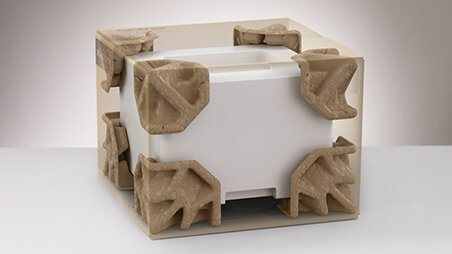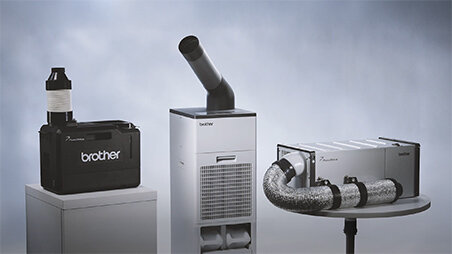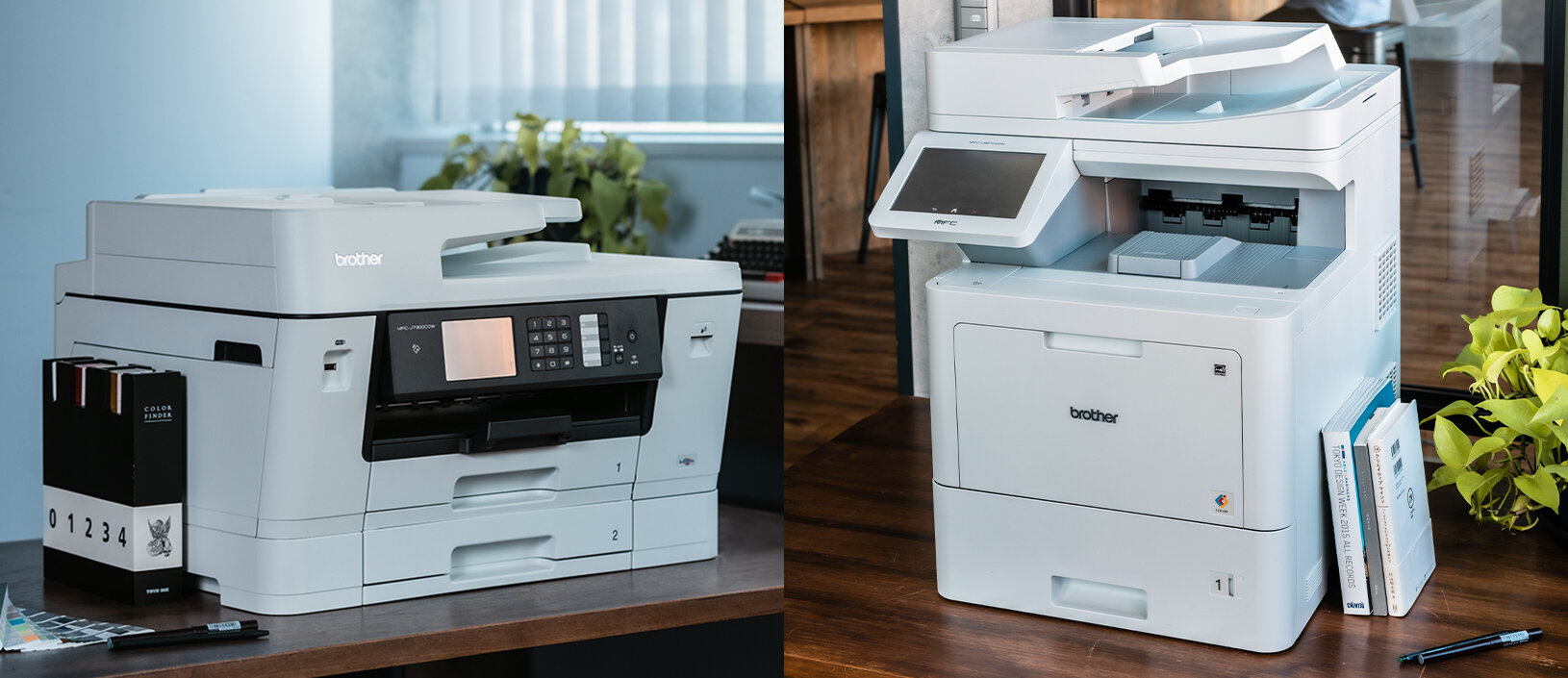

Hear your ideas.
Breaking the Conventional Practice of Standby Power
The challenge of energy conservation in the printing business
Electricity has become an indispensable part of people's lives, and in recent years the use of renewable energy sources like solar and wind power has increased dramatically. However, thermal power generation, which relies on burning fossil fuels such as oil and natural gas, remains the dominant source for over 80% of the world's electricity production. It offers a stable energy supply and can easily adjust to meet changes in demand. Thermal power generation releases large amounts of carbon dioxide (CO2) into the atmosphere, contributing to global warming. Therefore, reducing electricity usage is crucial in reducing CO2 emissions.
Low Energy Standby technology
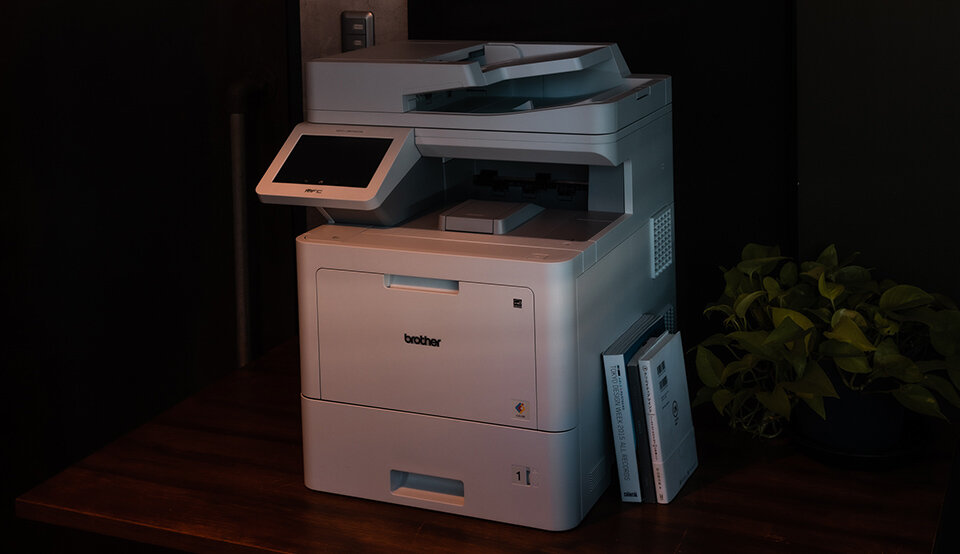
Home appliances such as TVs and air conditioners continue to consume a small amount of electricity to maintain their functions, even after they are powered off using the remote control or a button on the device unless unplugged from the outlet.
This is known as standby power. Similarly, printers also have standby power, but we aim to reduce this energy consumption to almost zero. Brother developed a low standby power technology called Low Energy Standby to achieve this goal.
Pursuing Low Energy Standby power
Low Energy Standby technology achieves a significant reduction in standby power consumption. The key to its design lies in disrupting the flow of electricity inside the device when it is off.
The development of Low Energy Standby technology began with a project for an A3 inkjet printer. When the printer is on, it stores a small amount of electricity in a capacitor* inside the printer. When the printer is off, it uses that electricity to shut off the power from the outlet and reduce standby power. To achieve this we needed to develop a new circuit board from scratch with newly selected components.
Charging the capacitors fewer times lowers power consumption and leaving the device off for longer periods reduces standby power consumption closer to zero.
However, we also had to consider that a user frequently powering on and off a device would increase power consumption. We conducted numerous tests to achieve low standby power consumption and low power usage.
*Electronic components capable of storing and releasing electricity
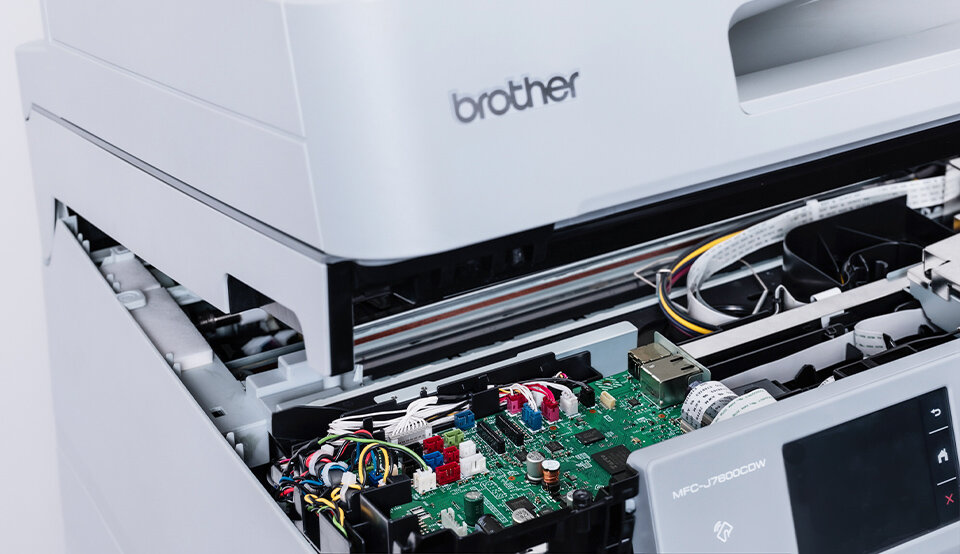
The control board of A3 inkjet printer
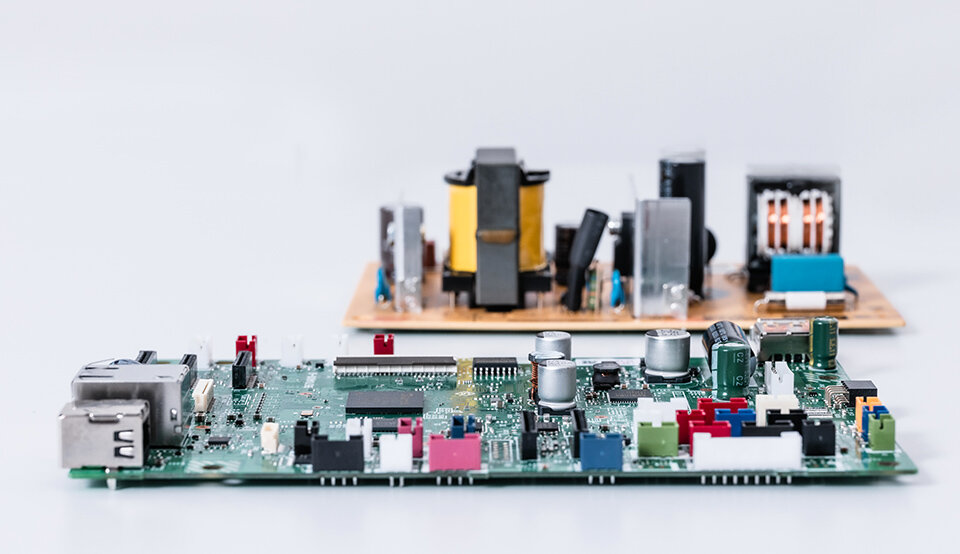
control boards
Expansion of Low Energy Standby technology
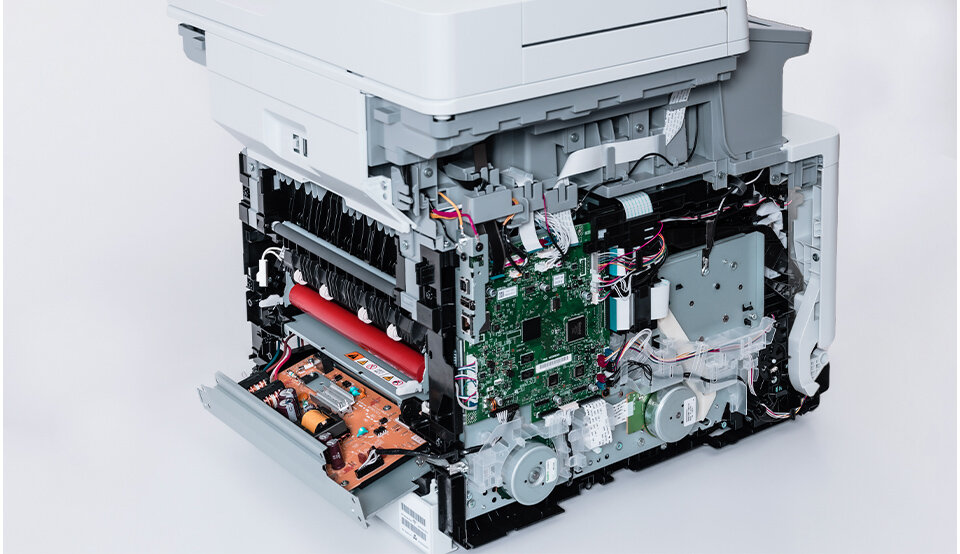
The control board of laser printer
The technology of Low Energy Standby, initially implemented in Brother's A3 inkjet printers, has been extended to its line of laser printers. Following the same concept of "disrupting the flow of electricity inside the device when it's turned off," we have enhanced this mechanism to prevent electricity flow from the outlet, thereby minimizing standby power consumption.
We are working to lower power consumption when devices are powered on and standby power consumption when devices are powered off to reduce CO2 emissions and battle climate change. Brother is committed to contributing to creating a sustainable society and will continue to take on this challenge.
SDGs goal 13 "Climate Action" calls for "taking urgent action to combat climate change and its impacts." By lowering the power consumption of its products, Brother contributes to alleviating climate change by reducing the generation of large amounts of CO2 emissions which have a significant impact on global warming.

Share this article on social media
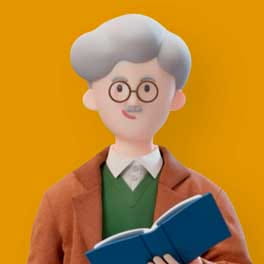
Learn about this initiative's SDGs
In ”SDGs at a Glance,” the 17 goals of the SDGs are explained in easy-to-understand illustrations. Click on the goal you are interested in, and you can read about it in under a minute. Let's take a look at the SDG goals featured in this article.
Related Topics













